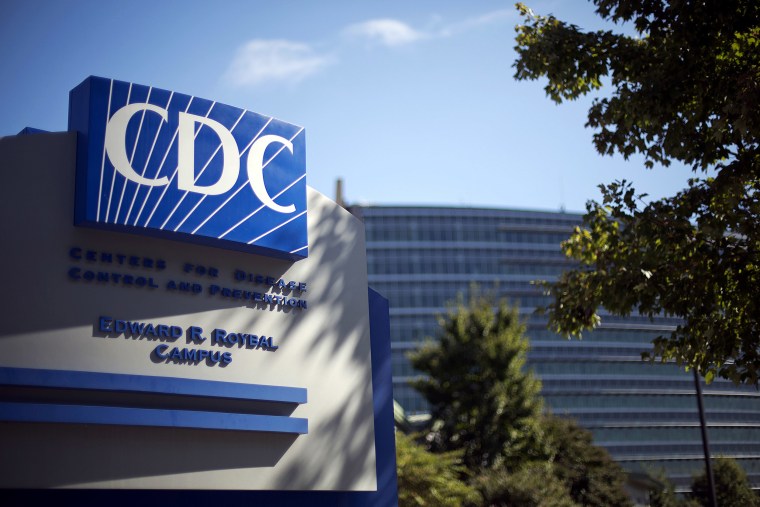One in 31 children in the United States are diagnosed with autism spectrum disorder by their 8th birthday, the Centers for Disease Control and Prevention reported Tuesday.
The finding, based on an analysis of medical records from 2022, reflects a dramatic rise in autism over the past two decades. Previous CDC reports showed that 1 in 54 8-year-olds had been diagnosed with autism in 2016. In 2000, it was 1 in 150.
“The most striking piece of this is how unbelievably common presentations of autism are,” said Zachary Warren, an author of the new report.
Warren, also the executive director of the Vanderbilt Kennedy Center’s Treatment and Research Institute for Autism Spectrum Disorders (TRIAD) in Nashville, Tennessee, largely attributed the increases to improvements in detecting the developmental disorder.
Doctors are better than ever at identifying autism, with awareness at an all-time high. “Without a doubt, we’ve become exceptionally efficient in this surveillance work,” Warren said.
In a statement Tuesday, Health and Human Services Secretary Robert F. Kennedy Jr. said that “the autism epidemic has now reached a scale unprecedented in human history.”
The phrase “autism epidemic” doesn’t sit well with Dr. Alex Kolevzon, who’s been working with people with autism for more than two decades.
Kolevzon, a child and adolescent psychiatrist and clinical director of the Seaver Autism Center at Mount Sinai in New York City, agreed that the increase is likely to stem from increased awareness and diagnostic criteria of autism spectrum disorder. He was not associated with the new report.
“Parents shouldn’t panic,” he said. “We’re not seeing an epidemic with autism.”
The report comes from the CDC’s Autism and Developmental Disabilities Monitoring Network, a biennial surveillance program that takes a snapshot of prevalence and characteristics of how doctors identify autism spectrum disorder among kids at ages 4 and 8.
Data was collected from 16 sites in 14 states, including Arizona, California, New Jersey, Tennessee and Texas, and Puerto Rico.
Autism diagnoses among 4-year-olds in the new report were estimated at 1 in 34. Boys were three times more likely than girls to be diagnosed with autism.
Diagnoses were also more common among Black and Hispanic children compared with white children, most likely reflecting increased awareness.
What other factors could be causing the rise in autism?
Answers are both inconclusive and wildly complicated. Potential causes have been scrutinized for decades, and there doesn’t seem to be a single smoking gun. The leading theory lies in genetics.
“We have pretty compelling data that there are causes of autism, not a single cause,” Warren said. “We may have hundreds, if not thousands, of different neurogenetic factors that influence presentations of autism.”
Despite proven research to the contrary, Kennedy has repeatedly suggested that vaccines — specifically the shots that protect against measles, mumps and rubella — are linked to autism.
That link has been widely debunked, but it continues to contribute to a decline in vaccine uptake across the U.S. — even amid a growing measles outbreak that’s sickened hundreds and killed two young children in Texas.

The Centers for Disease Control and Prevention campus in Atlanta.David Goldman / AP file
“There’s a lot of things that we do not understand as of yet about autism, but one thing for certainty is that vaccines do not cause autism,” Kolevzon said. “This has been studied extensively among multiple continents, and it’s been well established in the scientific community.”
The disorder appears to be a focus of the Trump administration. President Donald Trump and Kennedy have said it’s critical to find what’s causing autism in kids.
“President Trump has tasked me with identifying the root causes of the childhood chronic disease epidemic — including autism,” Kennedy said in a statement Tuesday. “We are assembling teams of world-class scientists to focus research on the origins of the epidemic, and we expect to begin to have answers by September.”
It was unclear how the HHS effort would be different from previous research.
